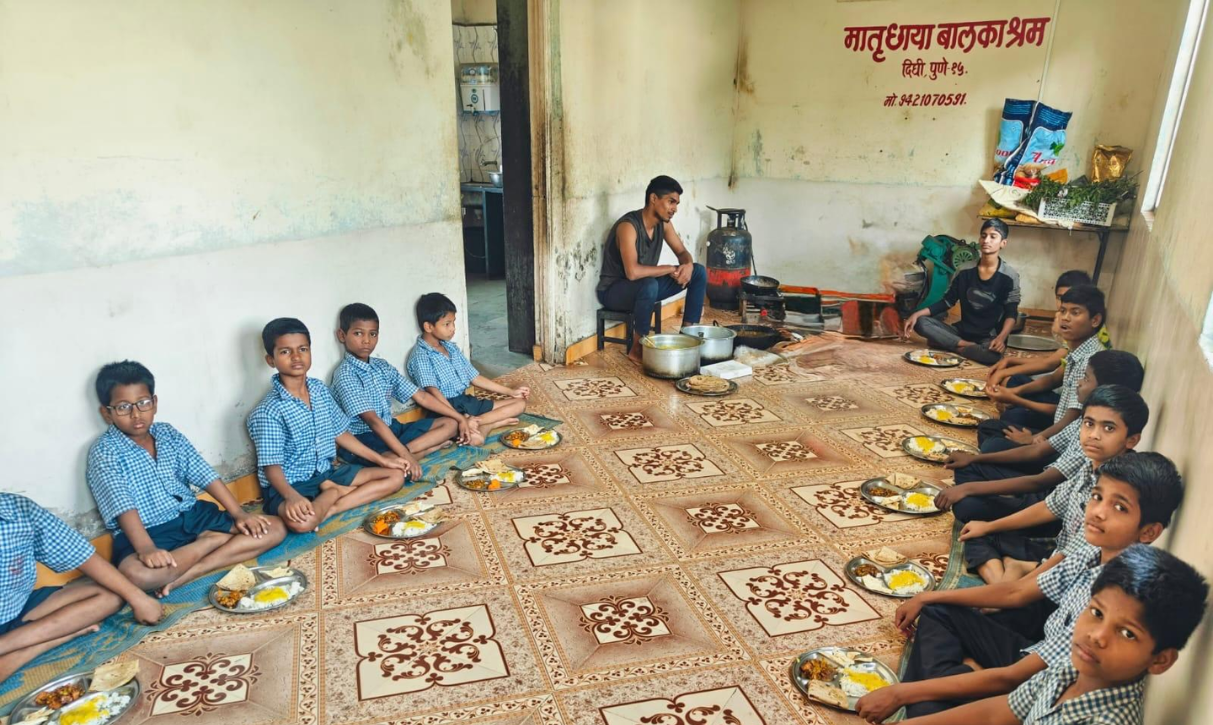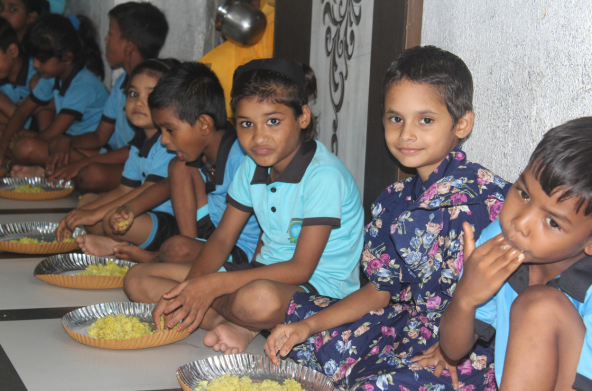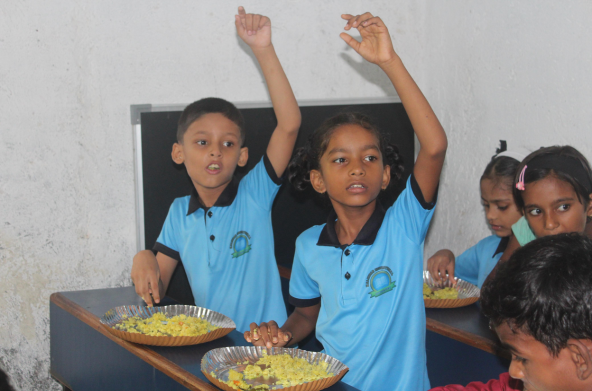1. Alarming Rates of Malnutrition :
Millions of children in underserved communities suffer from chronic malnutrition, leading to stunted growth, weakened immunity, and developmental delays. Deficiencies in essential nutrients like iron, vitamin A, and protein exacerbate conditions such as anemia and vision impairment. Without intervention, these children face lifelong physical and cognitive challenges.
2. Limited Access to Healthcare :
Poverty-stricken families often lack access to basic medical services. Preventable diseases like diarrhea, respiratory infections, and vaccine-preventable illnesses go untreated, disproportionately affecting underprivileged children. Regular health screenings and immunizations are rare, leaving kids vulnerable to outbreaks and chronic health issues.
3. Nutritional Illiteracy and Unhealthy Practices :
Many families lack awareness of balanced diets, hygiene, and sanitation. Cultural practices or limited resources often lead to reliance on cheap, calorie-dense foods with little nutritional value. This perpetuates cycles of malnutrition and poor health outcomes.
4. Socio-Economic Barriers :
Food insecurity is rampant in low-income households, where parents struggle to afford nutritious meals. Children frequently skip meals or eat low-quality diets, prioritizing survival over health. Additionally, inadequate sanitation infrastructure in slums and rural areas increases risks of waterborne diseases, further compromising nutrition.
5. Long-Term Consequences :
Malnourished children face irreversible setbacks: stunted growth, impaired brain development, and reduced academic performance. These challenges limit their future earning potential, trapping families in poverty for generations.



